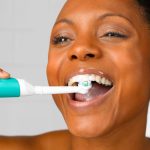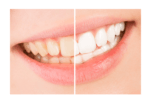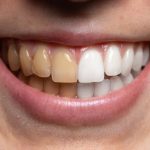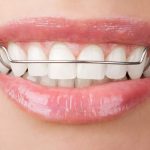Whitening Teeth with Braces: Tips and Tricks for a Brighter Smile
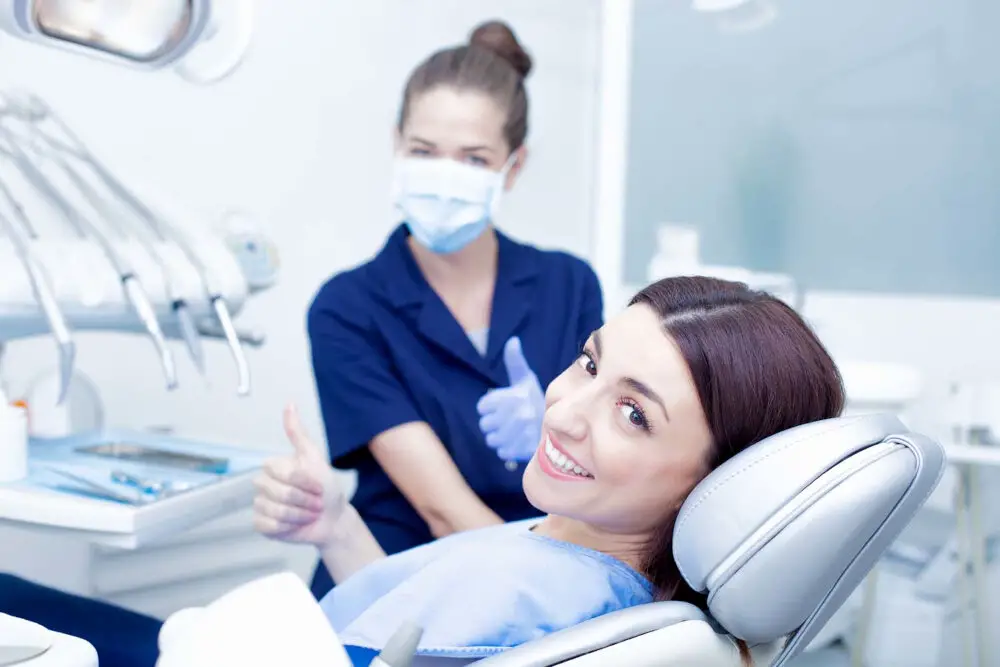
Having a bright and radiant smile is a great way to boost your confidence and make a lasting impression. However, if you have braces, achieving a perfect smile can be quite challenging. While braces are essential in straightening your teeth, they can also make it difficult to maintain a white and bright smile. Fortunately, there are several tips and tricks that you can use to whiten your teeth while wearing braces. One of the most common challenges of whitening teeth with braces is getting the whitening agent to the teeth’s surface. The brackets and wires on your braces often make it difficult for the whitening agent to reach all areas of your teeth. However, there are many whitening products that are specifically designed for people with braces. From whitening toothpaste to whitening strips and gels, these products can help remove surface stains and enhance the appearance of your teeth. In this article, we will explore some of the best tips and tricks for whitening your teeth while wearing braces.
Wearing braces is an effective way to straighten teeth, but it can also cause teeth to appear yellow or discolored. This is because braces create small spaces where food particles and plaque can accumulate, leading to staining and discoloration. Additionally, the brackets and wires of the braces can make it difficult to clean teeth thoroughly, especially in hard-to-reach areas. This can lead to a buildup of bacteria and plaque, which can cause teeth to appear discolored. To combat this, it is important to maintain good oral hygiene habits, including brushing and flossing regularly, as well as avoiding foods and drinks that are known to cause staining.
Having a bright, white smile can offer numerous benefits, both physically and emotionally. Physically, a bright smile can improve one’s overall appearance and make them look younger and more attractive. A bright smile can also boost one’s confidence and self-esteem, allowing them to be more outgoing and social. Emotionally, a white smile can help reduce stress and anxiety and promote feelings of happiness and positivity. Additionally, maintaining good oral hygiene and having a bright smile can also lead to better overall health and a reduced risk of oral diseases. Overall, having a bright, white smile can improve one’s physical, emotional, and social well-being.
Brushing and Flossing
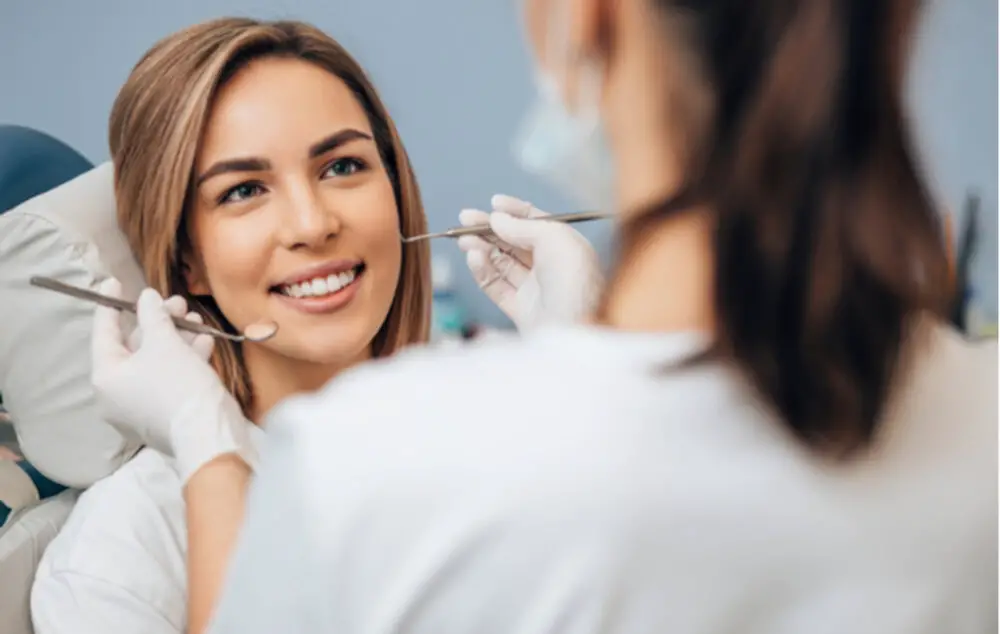
Brushing and flossing are essential components of maintaining good oral hygiene, especially when you have braces. Braces create small spaces where food particles can get trapped, and if not removed, they can lead to plaque buildup, which can cause tooth decay and gum disease. Therefore, it is essential to brush your teeth at least twice a day using a soft-bristled toothbrush and fluoride toothpaste. Brush gently and thoroughly, making sure you reach all the surfaces of your teeth, including the areas around and underneath the brackets and wires. Consider using an interdental brush to clean the spaces between your teeth and braces, where your regular toothbrush cannot reach. Flossing is equally important in maintaining good oral hygiene when you have braces. It helps remove food particles and plaque from between your teeth and braces, preventing tooth decay and gum disease. Flossing with braces can be challenging, but using a floss threader can make it easier. It allows you to thread the floss under the wires and between your teeth, ensuring that you get a thorough clean. Remember to floss at least once a day, preferably before bedtime, and rinse your mouth with water after flossing. By incorporating brushing and flossing into your daily oral care routine, you can ensure that your teeth stay healthy and white, even with braces.
Maintaining good oral hygiene is crucial when wearing braces since food particles and plaque can easily become trapped in the brackets and wires, leading to tooth decay, bad breath, and gum disease. Brushing and flossing regularly, using an interdental brush, and rinsing with an antibacterial mouthwash can help keep teeth and gums healthy and prevent discoloration. Additionally, avoiding sugary and acidic foods and drinks can also help prevent damage to tooth enamel and the braces themselves. By prioritizing oral hygiene and making it a habit, patients with braces can not only achieve a brighter, more confident smile but also protect their oral health in the long run.
When it comes to brushing techniques for braces, there are a few key points to keep in mind. Firstly, it’s important to brush your teeth at least twice a day, using a soft-bristled toothbrush and fluoride toothpaste. When brushing with braces, be sure to angle the brush towards the gumline, using circular motions to remove any plaque or food debris. It’s also important to brush each tooth individually, taking care to reach all surfaces, including the brackets and wires. To make sure you don’t miss any spots, consider using an interdental brush or floss threader to clean between the wires and teeth. Finally, don’t forget to rinse your mouth thoroughly with water after brushing, to help remove any remaining particles and keep your teeth and gums healthy.
Flossing with braces can be a bit trickier than without them, but it is still an essential part of maintaining good oral hygiene. Using traditional floss can be difficult, so many people opt for floss threaders or interdental brushes to make the process easier. It’s important to floss between each tooth and under the wire to remove any food particles that have become trapped. Neglecting to floss can lead to plaque buildup, which can cause unsightly staining around the brackets. By flossing regularly and thoroughly, those with braces can ensure that their teeth remain healthy and bright throughout their treatment.
Whitening Toothpaste
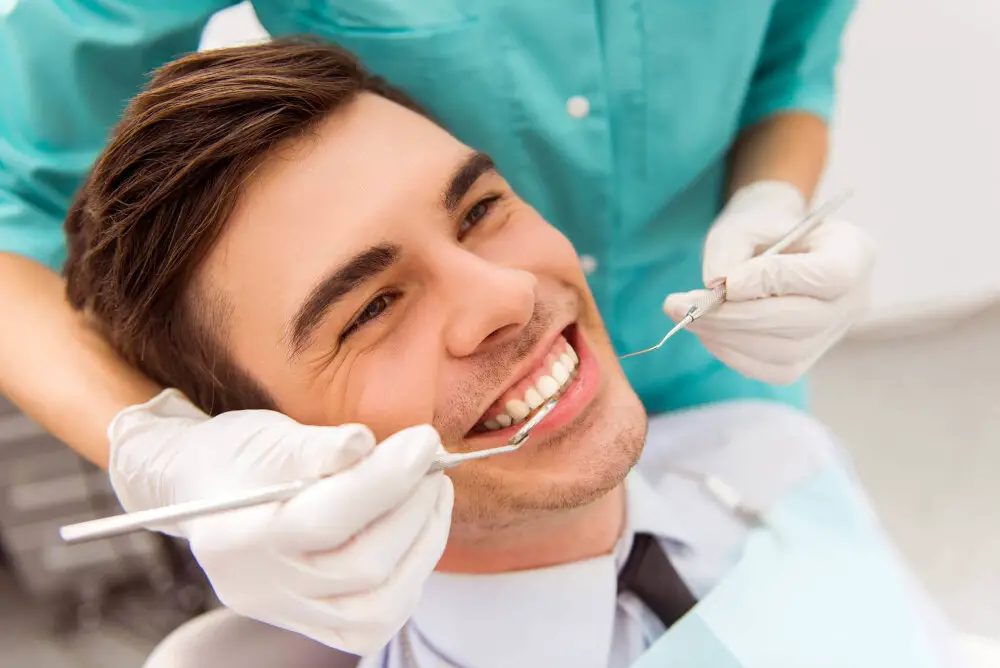
Whitening toothpaste is an excellent tool for removing surface stains on teeth, including those that are caused by braces. These toothpaste products contain mild abrasives, such as baking soda or silica, which work to remove surface stains without causing damage to the tooth enamel. Additionally, many whitening toothpastes contain hydrogen peroxide, which works to whiten teeth by breaking down stains and bleaching them away. However, it is important to note that whitening toothpastes may not be effective for deep stains caused by certain medications or genetics. When using a whitening toothpaste with braces, it is important to brush gently to avoid damaging the brackets or wires. It is also a good idea to use a soft-bristled toothbrush to avoid any unnecessary abrasion. It is important to note that while whitening toothpaste can be effective, it may take several weeks or even months to notice a significant difference in the brightness of your teeth. It is also important to maintain good oral hygiene practices, including regular brushing and flossing, to ensure the best possible results.
Whitening toothpaste is a type of toothpaste that helps to remove surface stains on teeth and brighten their appearance. It contains ingredients such as hydrogen peroxide, baking soda, and other abrasive compounds that work together to remove surface stains caused by food, drink, and smoking. When used regularly, these toothpastes can help to gradually whiten teeth over time. The abrasive particles in whitening toothpaste help to scrub away stains, while the hydrogen peroxide and baking soda work to break down the molecules that cause discoloration. However, it’s important to note that whitening toothpaste can only remove surface stains and won’t change the natural color of your teeth.
Choosing the right whitening toothpaste for braces can be a daunting task, but it is essential for maintaining good oral hygiene and a bright smile. When selecting a toothpaste, look for one that is specifically designed for use with braces. These toothpastes will have a gentle formula that won’t damage or discolor the brackets or wires. Additionally, choose a toothpaste that contains hydrogen peroxide or baking soda, which are effective ingredients for removing surface stains. It’s important to note that while whitening toothpaste can help brighten your smile, it won’t change the color of your braces. To get the best results, it’s important to brush regularly, floss daily, and visit your orthodontist for adjustments as needed.
Using whitening toothpaste can be an effective way to brighten your teeth while wearing braces. However, it is important to use it correctly for the best results. Firstly, choose a toothpaste that is specifically designed for whitening and is safe for use with braces. Secondly, brush your teeth thoroughly for at least two minutes twice a day, paying extra attention to the areas around your brackets and wires. Be gentle but thorough to avoid damaging your braces or causing discomfort. Lastly, limit your consumption of staining foods and drinks such as coffee, tea, and red wine, as they can counteract the effects of the whitening toothpaste. By following these tips, you can effectively use whitening toothpaste to achieve a brighter smile even with braces.
Home Remedies
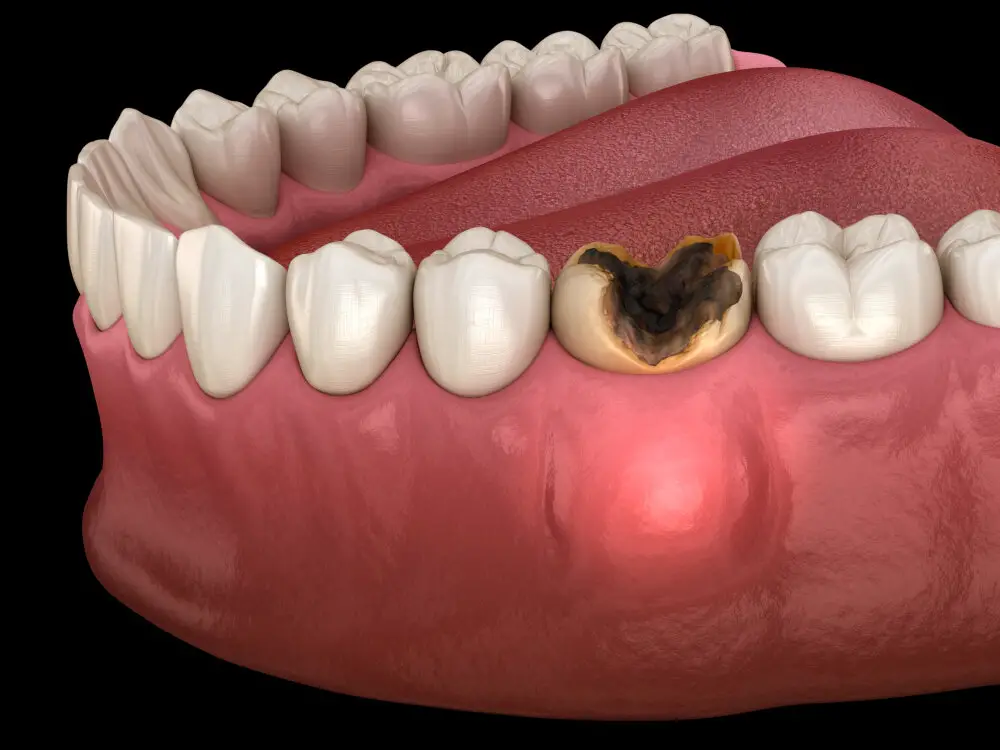
Home remedies are a popular and cost-effective way to whiten teeth with braces. One of the most common home remedies is baking soda. Baking soda is a natural abrasive that helps remove surface stains on teeth. Mix a small amount of baking soda with water to create a paste and apply it to your teeth with a toothbrush. Be gentle when brushing, as the braces can make your teeth more sensitive. Rinse your mouth thoroughly with water after brushing, and repeat this process once a week for best results. Another popular home remedy for whitening teeth with braces is apple cider vinegar. Apple cider vinegar contains acetic acid, which has natural bleaching properties. Mix a small amount of apple cider vinegar with water, and use it as a mouthwash. Be sure to rinse your mouth with water afterward, as the acid can be harmful to tooth enamel if left on too long. It is recommended to use this method no more than once a week.
If you have braces, you may be hesitant to try any teeth whitening methods for fear of damaging your brackets or wires. However, there are several safe and effective DIY teeth whitening methods that won’t harm your braces. One option is to use a whitening toothpaste that contains gentle abrasives and hydrogen peroxide. Another option is to mix baking soda with hydrogen peroxide to create a paste that can be applied to your teeth. Just be sure to brush gently and rinse thoroughly to avoid getting any of the mixture on your braces. Finally, you can try oil pulling with coconut oil, which has been shown to effectively remove stains and improve overall oral health. By using these methods and being cautious when applying them, you can achieve a brighter smile without compromising your braces.
Baking soda and peroxide solutions have become increasingly popular in recent years as a natural teeth whitening remedy. Baking soda, also known as sodium bicarbonate, is a mild abrasive that helps remove surface stains on teeth caused by coffee, tea, and other dark foods. Peroxide, on the other hand, is a bleaching agent that can penetrate deep into the enamel and break down stubborn stains. When combined, these two ingredients create a powerful whitening solution that can brighten your smile in just a few uses. However, it’s important to use this solution in moderation as overuse can damage your tooth enamel and cause sensitivity.
Oil pulling is an ancient Ayurvedic practice that has recently gained popularity for its potential to improve oral health and whiten teeth. The technique involves swishing oil, typically coconut or sesame oil, in the mouth for 10-20 minutes before spitting it out. Proponents of oil pulling claim that it can remove harmful bacteria, reduce plaque buildup, and even freshen breath. While there is limited scientific evidence to support these claims, some studies have shown that oil pulling can reduce levels of harmful bacteria in the mouth. It is important to note that oil pulling should not replace brushing and flossing, but can be used as a complementary practice for maintaining oral health.
Professional Whitening
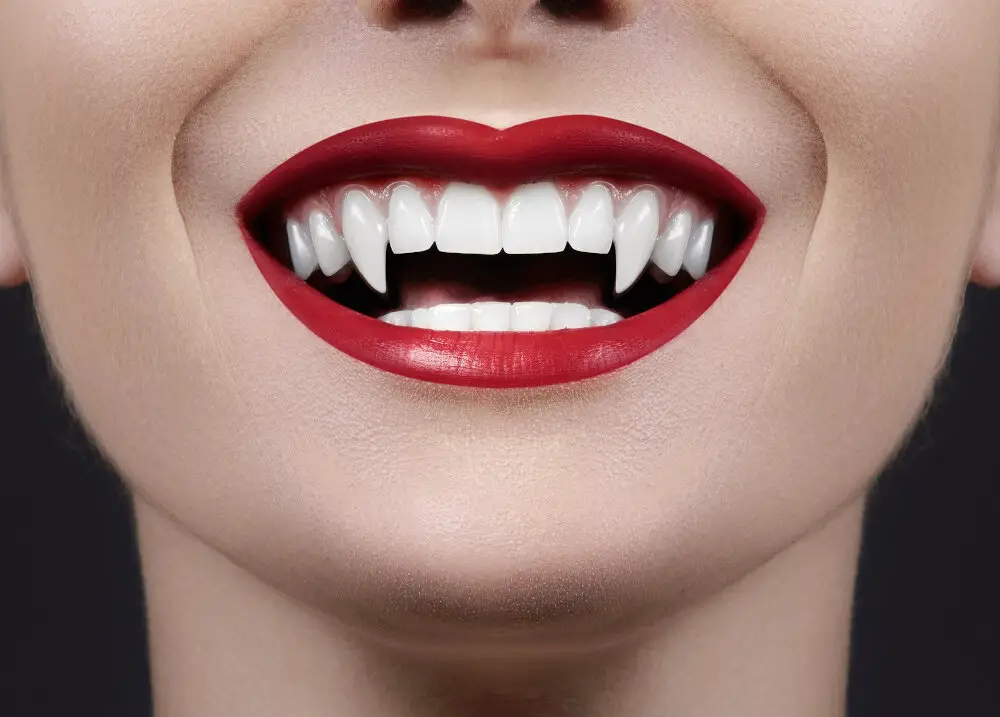
Professional teeth whitening is a popular option for those seeking a brighter, more radiant smile. It is performed by a dental professional and typically involves the use of a bleaching agent to remove stains and discoloration from the teeth. This treatment is highly effective and can significantly improve the appearance of your teeth in just one session. Professional teeth whitening is also safe and minimally invasive, making it a great option for those who want to enhance their smile without undergoing any major dental procedures. One of the benefits of professional teeth whitening is that it is tailored to your individual needs. Your dental professional will assess the condition of your teeth and recommend the best treatment to achieve the results you desire. They will also take measures to protect your gums and other soft tissues during the procedure, ensuring that you experience no discomfort or damage. Additionally, professional teeth whitening is long-lasting and can be maintained with regular at-home care and follow-up appointments with your dental professional. If you want a brighter, more confident smile, professional teeth whitening may be the right choice for you.
Professional teeth whitening options are available for people with braces, but the process can be slightly more complicated than traditional teeth whitening procedures. One popular option is to use a specialized whitening gel that is applied directly to the teeth and activated with a special light. However, with braces, it may be necessary to use a tray that fits over the braces to ensure that the gel is applied evenly. Another option is to use a whitening toothpaste or mouthwash that is specifically designed for people with braces. These products can help to remove surface stains and keep the teeth looking bright and healthy. Ultimately, the best option will depend on the individual’s specific needs and preferences, so it’s important to consult with a dental professional to find the right solution for you.
In-office whitening treatments are an effective and fast way to brighten teeth with braces. This treatment involves applying a high concentration of hydrogen peroxide gel directly to the teeth and using a special light to activate the gel. The process can take up to an hour, and the results are immediate. This type of treatment can whiten teeth by several shades and is a great option for those looking for quick results. However, it’s important to note that in-office treatments can be more expensive than at-home options and may cause temporary sensitivity. It’s best to consult with your orthodontist to determine if in-office whitening is the right choice for you.
At-home whitening kits can be a convenient and affordable option for those looking to brighten their teeth with braces. These kits typically come with a gel or strip containing a whitening agent, such as hydrogen peroxide, which is applied directly to the teeth. While they may not be as effective as professional treatments, at-home kits can still help to lift surface stains and improve overall tooth color. It’s important to follow the instructions carefully and to avoid overuse or misuse to prevent damage to the braces or teeth. Additionally, it’s a good idea to consult with your orthodontist before using any at-home whitening products to ensure they are safe for use with your braces.
Having braces can make it difficult to maintain a bright and white smile, but there are tips and tricks that can help achieve it. Firstly, it’s important to keep up with good oral hygiene habits, such as brushing and flossing regularly and using a mouthwash. Secondly, avoiding certain foods and drinks that can stain teeth, such as coffee, tea, and red wine, can also make a big difference. Additionally, using whitening products specifically designed for braces, such as whitening toothpaste and gels, can help brighten teeth without causing damage to the brackets or wires. Finally, regular visits to the dentist for professional cleanings can also help keep teeth looking their best. By following these tips and tricks, anyone with braces can achieve a brighter, whiter smile.
Consulting with a dentist before trying any whitening methods is highly important. Teeth whitening with braces can be a tricky process as the brackets and wires can make it difficult to apply the whitening agent evenly. Moreover, the whitening agent can react with the metal and cause discoloration or damage to the braces. A dentist can examine the condition of the teeth and braces and recommend the most suitable whitening method. They can also advise on the safety and effectiveness of various over-the-counter whitening products and ensure that they do not harm the braces or teeth. In addition, a dentist can provide professional whitening treatments that can give better and long-lasting results. Thus, consulting with a dentist before trying any whitening methods is crucial to achieve a brighter and healthier smile while protecting the braces and teeth.
Conclusion
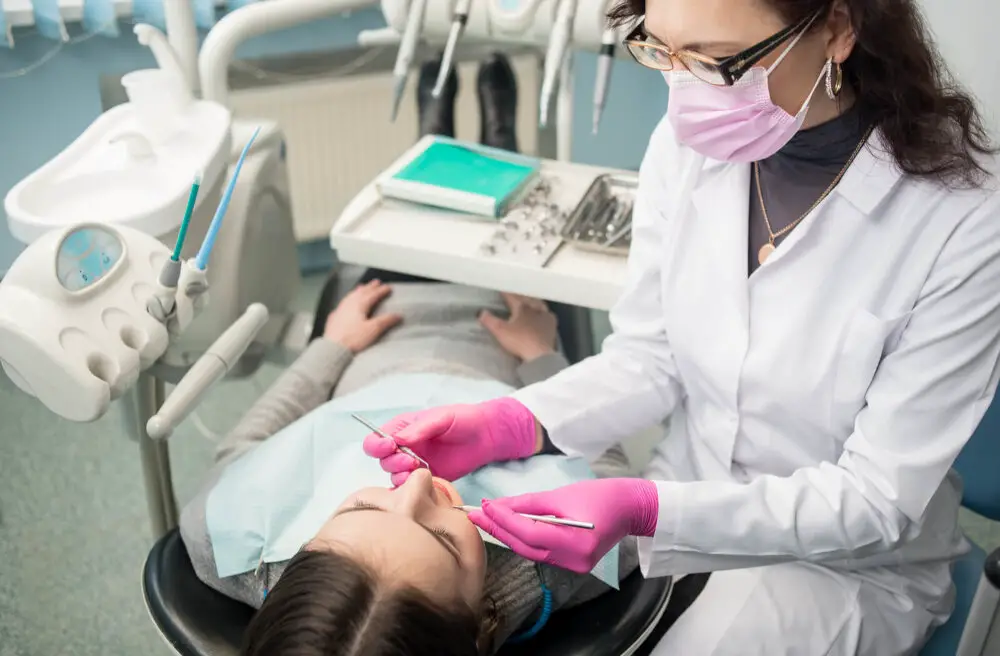
In conclusion, achieving a brighter smile while wearing braces is achievable with the right tips and tricks. It is essential to maintain good oral hygiene by brushing and flossing regularly, using whitening toothpaste, and avoiding foods and drinks that can stain your teeth. Additionally, seeking professional teeth whitening services from your orthodontist can also help you achieve a brighter smile. Remember, patience is key, and it is essential to follow the tips consistently to see great results. With these tips and tricks, you can confidently show off your beautiful, white smile, even with braces!
